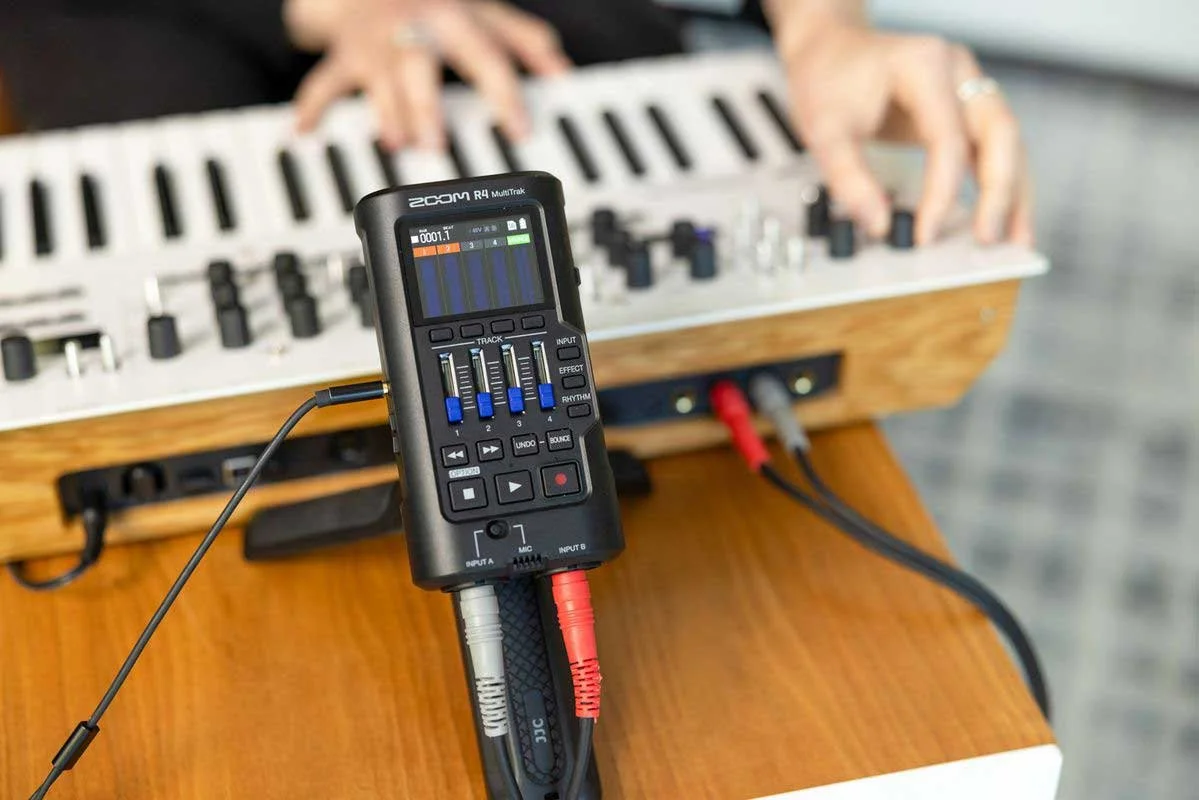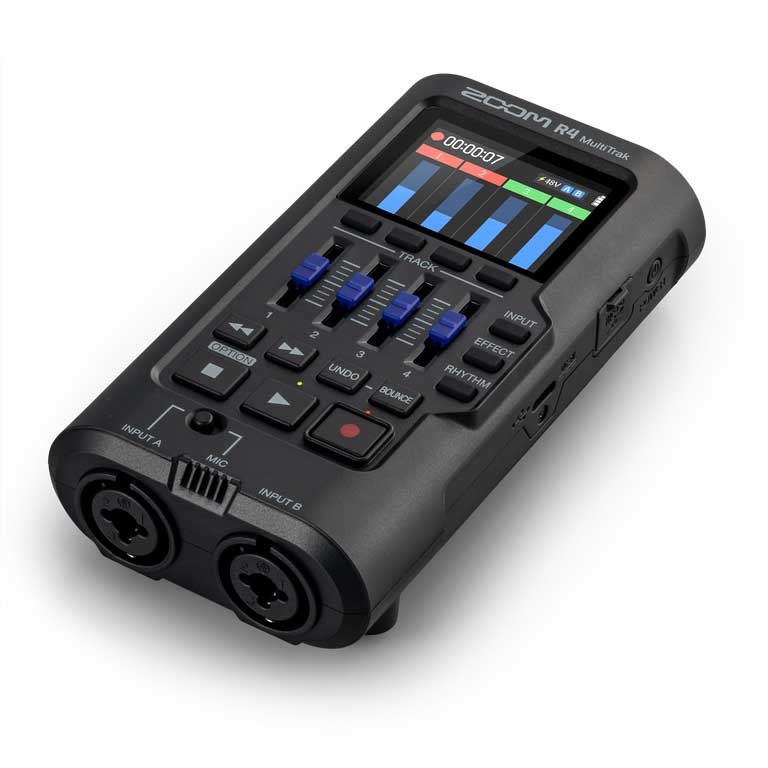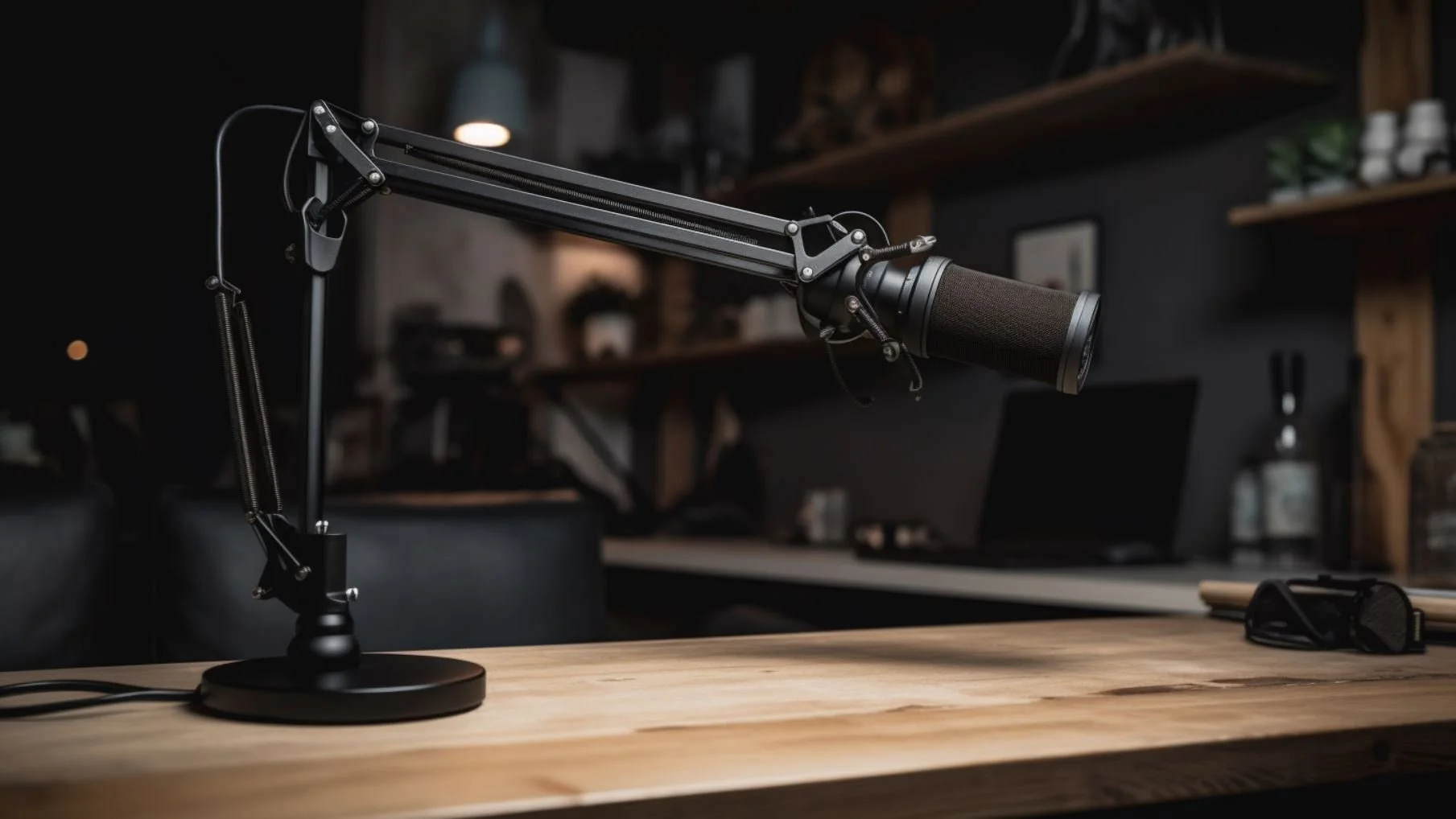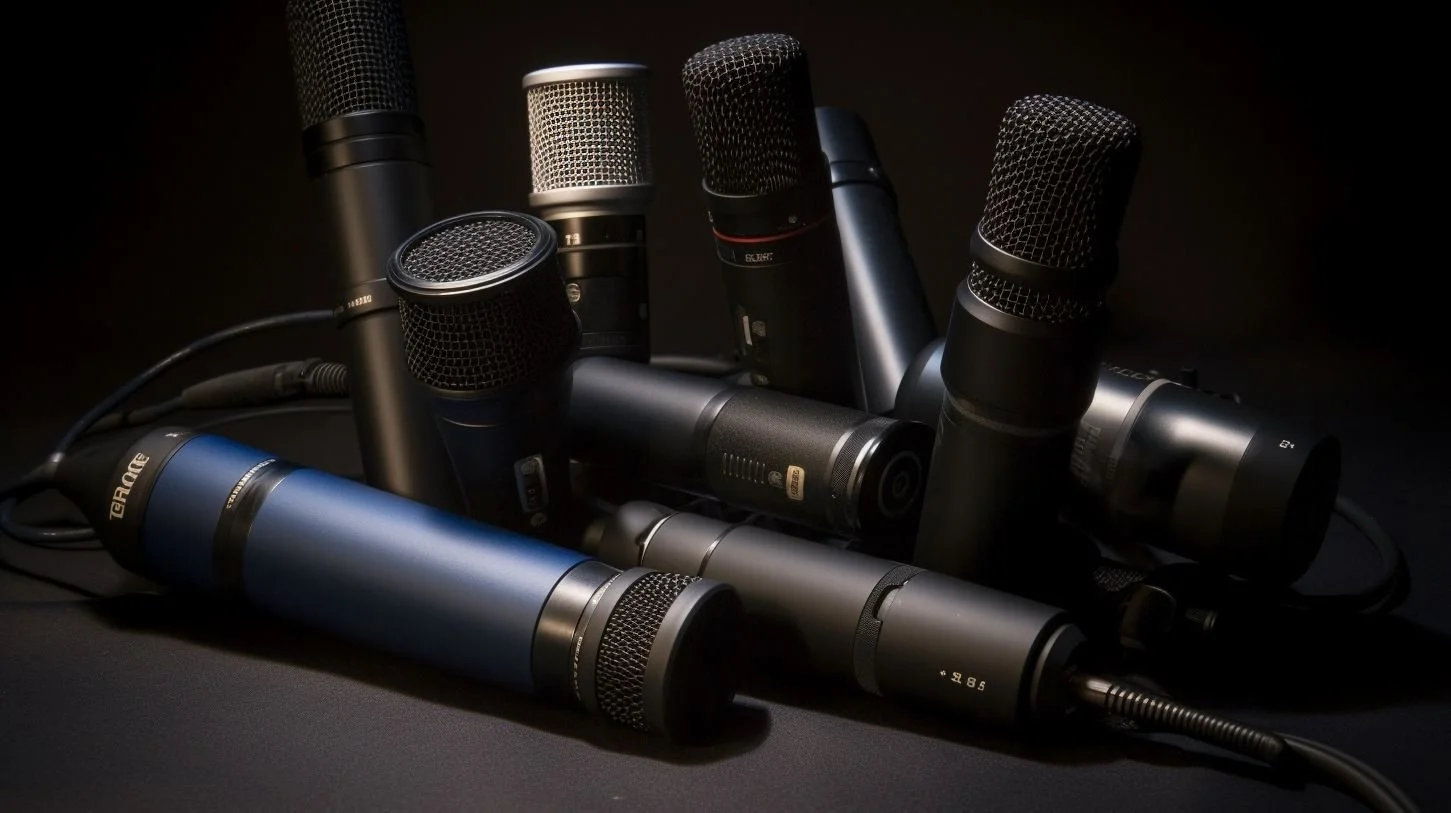Zoom R4: First Impressions
On October 9th, 2023, Zoom announced a new addition to their R-Series of recorders, the R4.
Although I usually write about field recorders, especially for recording nature sounds, the new R4 peaked my interest.
I expect this new recorder/mixer will have a futher audience reach than Zoom foresaw.
Though the Zoom R4 is heavily marketed toward musicians, it’s quite a capable field recorder in its own right.
With support for 32-bit float recordings, x2 XLR inputs, and an affordable price tag, I think a lot of field recordists will find the R4 attractive (especially if they dabble in music production).
R4 vs. F3
When I first saw the R4 release, I immediately thought of the Zoom F3 (my current field recorder) since both have 32-bit float and x2 XLR inputs but that’s about where the similarities end…
Unique Zoom F3 Features:
Locking XLR inputs
Timecode - useful for syncing audio and video in postproduction with the click of a button.
Unique Zoom R4 Features:
While the R4 does not have timecode support, it has the following features that the F3 does not:
a built-in omnidirectional microphone
4 volume faders
color LCD screen
track bouncing, overdubbing, and repeat
metronome
tuner
rhythms (80 different drum patterns)
track effects
3-band EQ
pan
echo
reverb
5 unique preamps
20 different amps
25 unique effects including:
compression
distortion
chorus
detune
tremolo
phaser
flanger
doubler
pitch shift
delay
auto wah
Build Quality:
The Zoom F3 has better build quality, with an aluminum “X” surrounding and protecting the black plastic body of the recorder.
The Zoom R4 is entirely made out of plastic.
Early Concerns About the R4
After viewing the specifications of the R4 on Zoom’s website and B&H photo, I was concerned that the equivalent input noise (EIN) was not listed.
EIN measures the amount of noise the preamp adds to the signal and is especially important when recording quiet sounds. When recording quiet sounds with a noisy preamp, you will hear a static hiss sound in the background of your final recording.
When manufacturers neglect to share this information, you can bet that the noise performance is not great.
Only after downloading the R4 product manual was I able to find the EIN: -120dBu.
-120dBu actually isn’t that loud but is far from the EIN of the Zoom F3 inputs (-127dBu). I know it’s only a 7dB difference, but since the dB scale is exponential, this difference is actually quite large, making the F3 significantly quieter and the clear choice for quiet sound recording (like those of nature).
However, choosing to use an inferior preamp in the R4 actually makes sense and I’m sure helped keep the retail price affordable.
A preamp with -120dBu EIN makes complete sense for a musician because instruments, spoken word, and vocals are all very loud, and should have no problem rendering the static hiss of the preamps silent in the final recording.
I’m sure every R4 owner in the future will have no complaints with the self-noise of the device.
A Word About 32-bit Float
The R4 can capture recordings in 32-bit float, an extremely useful feature for musicians.
What’s the big deal?
Clipped 24-bit vs. 32-bit float recordings after lowering gain in post. Notice how the 24-bit file remains clipped but the 32-bit float file perfectly recovers the data above 0 dBFS.
In a nutshell, 32-bit floating-point recording format is capable of capturing such a wide dynamic range, clipping is virtually impossible. This means that you do not have to set gain levels.
For 16 and 24-bit recordings, setting the optimal gain level that maximizes signal strength while staying below 0dBFS is a skill that can only be learned through practice (and even then is not foolproof).
Beginners especially struggle with setting gain levels, often making recordings that are so quiet they are not usable, or so loud that the audio distorts.
For professionals, 32-bit recording is a major timesaver and stress reducer. Not having to fiddle with gain knobs allows pros to spend more time on other important aspects...the music itself.
Final Thoughts
After learning more about the Zoom R4, I’m a little disappointed it doesn’t have the impressively quiet preamps of the Zoom F3.
However, for musicians, there’s a lot to love.
With 4 tracks to play with, EQ, reverb, and a slew of other effects, the R4 is more than capable of producing a polished track for solo artists and minimal arrangements without the need for a digital audio workstation (DAW).
As a dabbling musician myself, I’d love to own one someday to replace my Zoom DR-40. If the R4 had the preamps of the F3, I’d buy one now so I could use if for my professional nature sound recordings and occasionally for music production.
Thanks for reading.
Support Acoustic Nature
If you enjoyed this post and would like to help support Acoustic Nature, please consider "buying me a coffee" or becoming a Patreon with the buttons below.
As a thank you for your support, Patreon supporters receive a copy of Field Recording For Beginners, exclusive access to the full Behind The Sounds video series, nature sound library downloads, and more.
If you are unable to support the site financially, please share this post with others, or leave a comment below letting me know you enjoyed this post! Both are free and help the website grow. Thank you ♫
Thanks for reading,
-Jared













